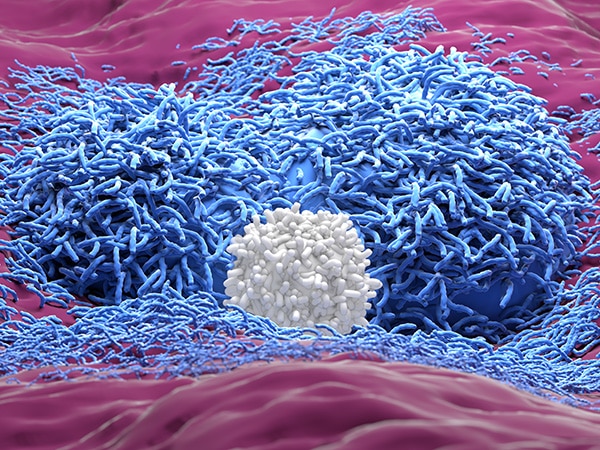Liver Cancer

The liver is one of the largest organs in the body. It filters harmful substances from the blood, produces bile that helps in the digestion of fats, and stores sugar that the body uses for energy. There are two main types of primary liver cancer in adults—hepatocellular carcinoma and cholangiocarcinoma. Hepatocellular carcinoma is the most common type of adult primary liver cancer. Liver cancer is the sixth most common cancer globally, and the third leading cause of cancer death. While less common in the United States, liver cancer incidence has been rising with the spread of hepatitis C virus one of the leading causes in North America.
The National Cancer Institute’s Surveillance, Epidemiology, and End Results (SEER) Program estimates that 42,240 new cases of liver and intrahepatic bile duct cancer will be diagnosed in the United States in 2025, and about 30,090 people will die of these diseases. The relative five-year survival rate is 22.0%.
The risk factors for adult primary liver cancer include infection with hepatitis C and/or hepatitis B virus, cirrhosis, and heavy alcohol use. Learn more about childhood liver cancer.
Liver (Hepatocellular) Cancer Prevention (NCI) Liver (Hepatocellular) Cancer Screening (NCI) Adult Primary Liver Cancer Treatment (NCI)Source: National Cancer Institute



